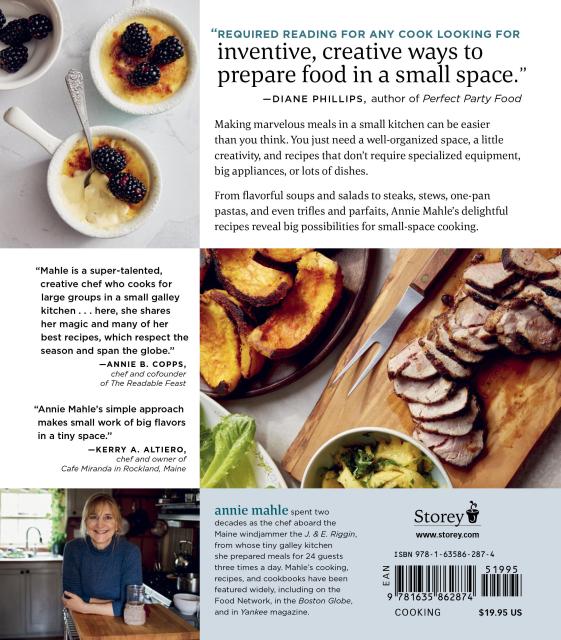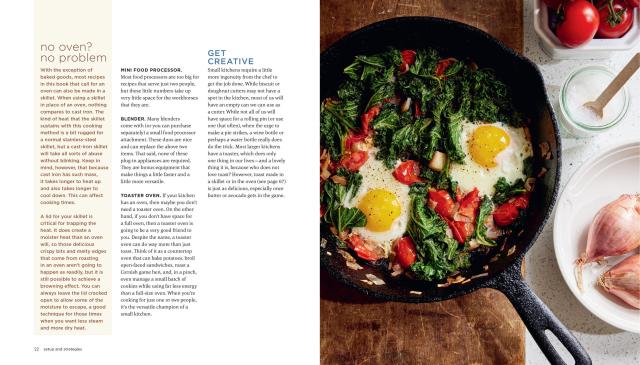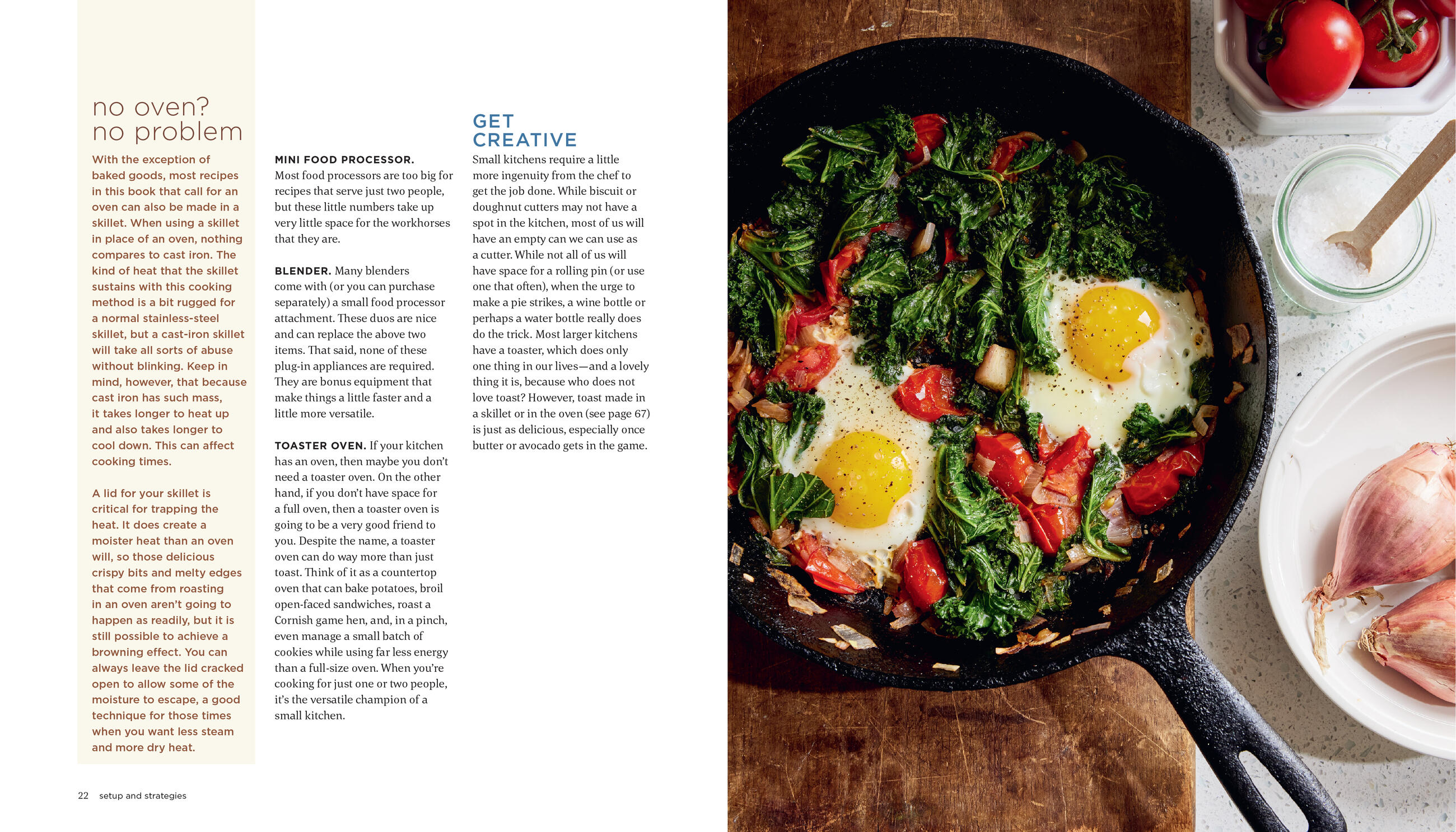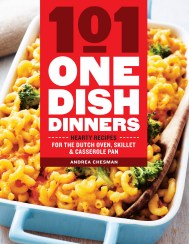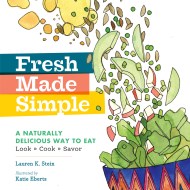Promotion
Use code BEST25 for 25% off storewide. Make sure to order by 11:59am, 12/12 for holiday delivery!
By clicking “Accept,” you agree to the use of cookies and similar technologies on your device as set forth in our Cookie Policy and our Privacy Policy. Please note that certain cookies are essential for this website to function properly and do not require user consent to be deployed.
The Tiny Kitchen Cookbook
Strategies and Recipes for Creating Amazing Meals in Small Spaces
Contributors
By Annie Mahle
Formats and Prices
- On Sale
- Sep 28, 2021
- Page Count
- 224 pages
- Publisher
- Storey
- ISBN-13
- 9781635862874
Price
$19.95Price
$24.95 CADFormat
Format:
- Trade Paperback $19.95 $24.95 CAD
- ebook $11.99 $15.99 CAD
This item is a preorder. Your payment method will be charged immediately, and the product is expected to ship on or around September 28, 2021. This date is subject to change due to shipping delays beyond our control.
Buy from Other Retailers:
From versatile breakfast options, such as Sweet Corn and Jalapeno Pancakes or Pan Roasted Honey Pears with Oatmeal, to one-bowl salads and mains, stovetop meals such as Pan-Fried Red Snapper with Fresh Peas, Shiitakes, and Asparagus with Dill, dishes that can be prepared in the toaster oven (for cooks without a full oven) such as Cheese-Stuffed Meatballs with Fresh Tomato Sauce and Fettuccini, and even make-ahead desserts in a mug, every recipe is delicious and utterly attainable in a kitchen with as little as six square feet of counter space. Along with gorgeous recipes, Mahle delivers tips and techniques for making the most of a small kitchen. Strategies such as “shopping” the pantry before going to the store, transforming leftovers into new meals, create vertical storage options, and buy utensils that nest all help create meals with maximum flavor in minimal space.
Genre:
-
"Mahle gathers recipes requiring little cookware or fuss, including one-pan dinners, toaster oven-friendly bakes and small dishes that can serve as snacks or light entrees. She shares tips for making the best of your (limited) workspace and, in a genius section called “Use It Up,” offers ideas for what to do with ingredients that tend to linger, like buttermilk, cauliflower and pumpkin puree. In the tiny (vacation) house of my dream-future, this will be the only cookbook on hand, but for now it will be a welcome addition to my home kitchen, with its charming lack of counter space." — BookPage
"Mahle's reassuring voice will guide home cooks along the way. An encouraging collection of meals for a variety of occasions, and a great help for readers with small kitchens." — Library Journal
"Annie is a super-talented and creative chef who pulls off several meals a day for large groups of hungry sailors from her small galley kitchen with a wood-burning stove. She also has a generous heart, so no surprise she is sharing her magic for how she does it and many of her best recipes (which respect the season, span the globe, and are thoughtfully written)." — Annie B. Copps, chef, cooking instructor, cookbook author, and co-founder of the Readable Feast
"Annie Mahle's book The Tiny Kitchen Cookbook should be required reading for any cook looking for inventive, creative ways to prepare food in a small space, although I'll be using this book for its delicious recipes, and great kitchen savvy. You can feel Annie standing next to you in the kitchen giving you her best advice for every situation with lots of guidance for using leftovers and keeping things simple but delicious. I'm all in." — Diane Phillips, author of 14 cookbooks, including the James Beard Award nominated Perfect Party Food
"Annie's simple approach makes small work of big flavors in a tiny space. To quote Annie: Focus and desire will get you more than halfway there". — Chef Kerry A. Altiero, for 29 years, Owner Co founder of Cafe Miranda, Rockland, Maine
"I'll never forget Annie Mahle swinging a wood stove door shut with her foot as she made a spectacular meal on the Riggin. I thought, 'this woman can cook!' This book proves just how much and how "little" went into that meal!" — Bill Green, Bill Green's Maine
Newsletter Signup
By clicking ‘Sign Up,’ I acknowledge that I have read and agree to Hachette Book Group’s Privacy Policy and Terms of Use

